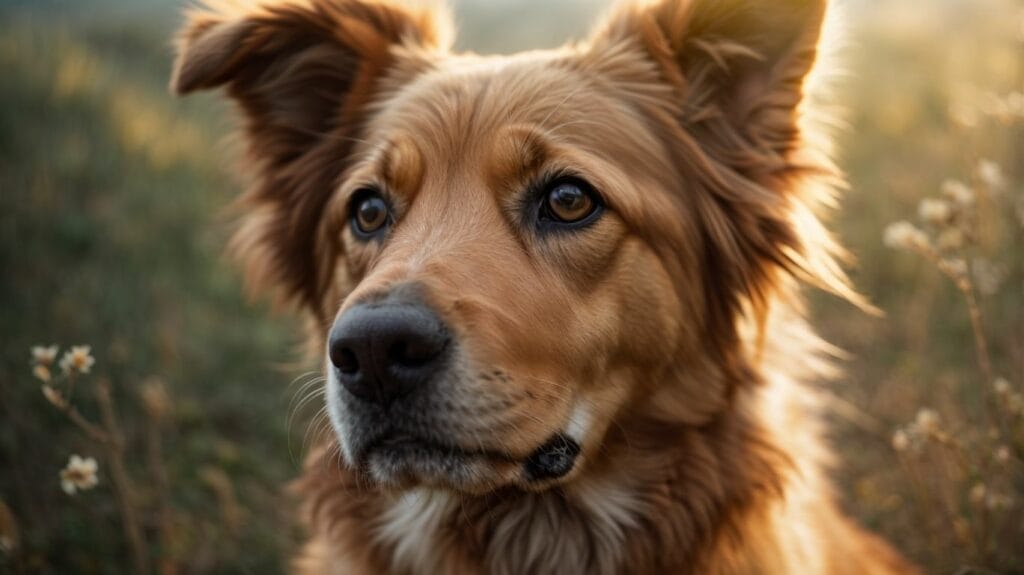Understanding Dog Whiskers
Dog whiskers, also known as vibrissae, are long, thick hairs that are highly sensitive and play a vital role in a dog’s sensory perception. They are usually located on the muzzle, above the eyes, and on the back of the front legs. Whiskers help dogs navigate their surroundings, detect objects, and judge distances, making them an essential sensory tool for their daily lives.
What Happens If a Dog’s Whiskers Are Cut?
Cutting a dog’s whiskers can cause Discomfort and disrupt their ability to gather important sensory information. Whiskers provide dogs with valuable input about their environment, such as detecting changes in air movement and helping them navigate in low-light conditions. When their whiskers are cut, dogs may struggle with spatial awareness, and their overall confidence in their surroundings may be affected.
Yes, dog whiskers do grow back. However, the regrowth rate can vary depending on several factors, including breed, genetics, age, and overall health. Whiskers are similar to other types of hair and have a natural growth cycle. If a dog’s whiskers are accidentally or intentionally trimmed, new ones will slowly grow back to replace them. It’s important to note that the regrowth process may take some time.
Factors that Affect Whisker Regrowth
- Breed and Genetics: Some dog breeds naturally have longer whiskers and may have a faster regrowth rate compared to others.
- Age and Health: Younger dogs and those in good overall health tend to have more robust regrowth capabilities.
- Nutritional Factors: A balanced diet that provides essential nutrients can support healthy hair growth, including the regrowth of whiskers.
How Long Does it Take for Dog Whiskers to Grow Back?
The time it takes for dog whiskers to grow back can vary. On average, it may take several weeks to a few months for a full set of whiskers to grow back after they have been cut. Patience is key during this process, as the regrowth rate can vary among individual dogs.
Can You Help Speed Up Whisker Regrowth?
While the regrowth of whiskers is a natural process, there are a few things you can do to support it:
- Providing a Balanced Diet: Feeding your dog a nutritious diet that meets their specific needs can support overall hair health, including the regrowth of whiskers.
- Minimizing Stress and Anxiety: Reduced stress levels can contribute to healthy hair growth. Creating a calm and comfortable environment for your dog can help promote optimal regrowth.
- Avoiding Unnecessary Cutting: To ensure the natural regrowth process is not disrupted, it is best to avoid trimming or cutting your dog’s whiskers unless advised by a veterinarian for medical reasons.
Should You Trim Your Dog’s Whiskers?
Trimming a dog’s whiskers is generally not recommended unless there is a specific medical reason and under the guidance of a veterinarian. Whiskers serve important sensory functions for dogs, and cutting them unnecessarily can impact their well-being.
Considerations for trimming may include:
- Grooming and Aesthetics: In some instances, for certain grooming styles, such as shaping the face for certain dog shows, minimal trimming may be necessary for grooming purposes. However, it is important to consult with a professional groomer who is experienced in breed-specific practices.
- Safety and Functionality: In rare cases, if a dog’s whiskers are excessively long and pose a safety risk or interfere with their normal functionality, a veterinarian’s guidance should be sought before considering any trimming.
Understanding the importance of dog whiskers and their regrowth process can help ensure the well-being and sensory capabilities of our furry friends.
Key takeaways:
- Dog whiskers do grow back: If a dog’s whiskers are accidentally cut or fall out, they will generally grow back on their own.
- Factors affecting whisker regrowth: Breed, genetics, age, health, and nutrition can all influence the rate at which a dog’s whiskers grow back.
- Promoting whisker regrowth: Providing a balanced diet, minimizing stress and anxiety, and avoiding unnecessary cutting can help speed up the regrowth of a dog’s whiskers.
Understanding Dog Whiskers
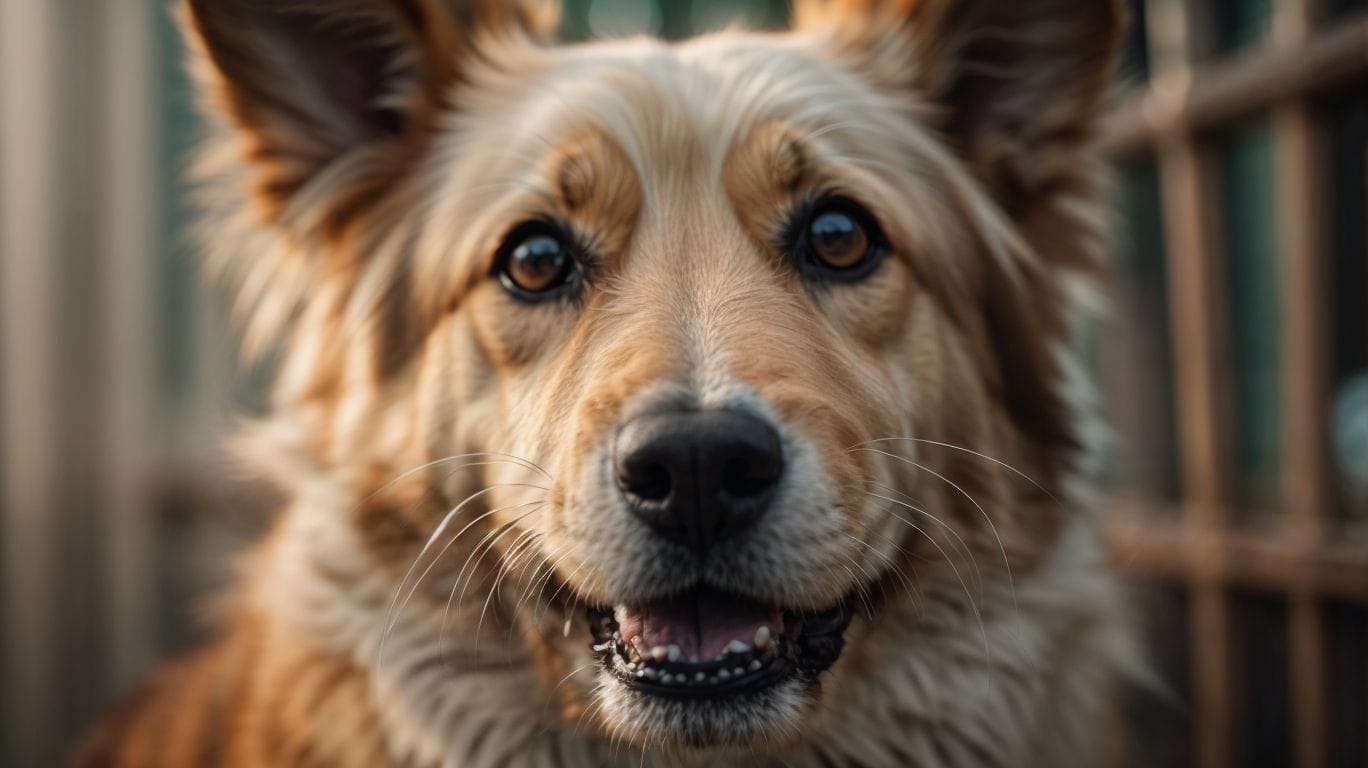
Photo Credits: Petnarnia.Com by Philip Taylor
Understanding Dog Whiskers
Dog whiskers play a vital role in the sensory perception of canines. These long and thick hairs are situated on the muzzle, above the eyes, and on the front legs’ backs. With their deep roots and sensory receptors at their base, whiskers enable dogs to detect even the most subtle changes in their surroundings.
The purpose of these specialized hairs is to assist dogs in navigating and exploring their environment. They provide valuable information about distances, air currents, and even the emotions of other animals. By understanding the significance of dog whiskers, we can truly grasp the remarkable sensory abilities of our furry companions.
What Happens If a Dog’s Whiskers Are Cut?

Photo Credits: Petnarnia.Com by Scott Moore
What Happens If a Dog’s Whiskers Are Cut?
When a dog’s whiskers are cut, it can disrupt their ability to navigate and sense their surroundings. Whiskers, which are as wide as the dog’s body, are essential for dogs to gather information about their environment, helping them judge distances and detect changes in air currents. Without their whiskers, dogs may become disoriented and have difficulty moving around. It is similar to how humans rely on their sense of touch and sight to navigate their surroundings. So, it is crucial to avoid cutting a dog’s whiskers to ensure their well-being.
Fact: Dog whiskers, as wide as the dog’s body, help them determine whether they can fit through narrow spaces.
Do Dog Whiskers Grow Back?
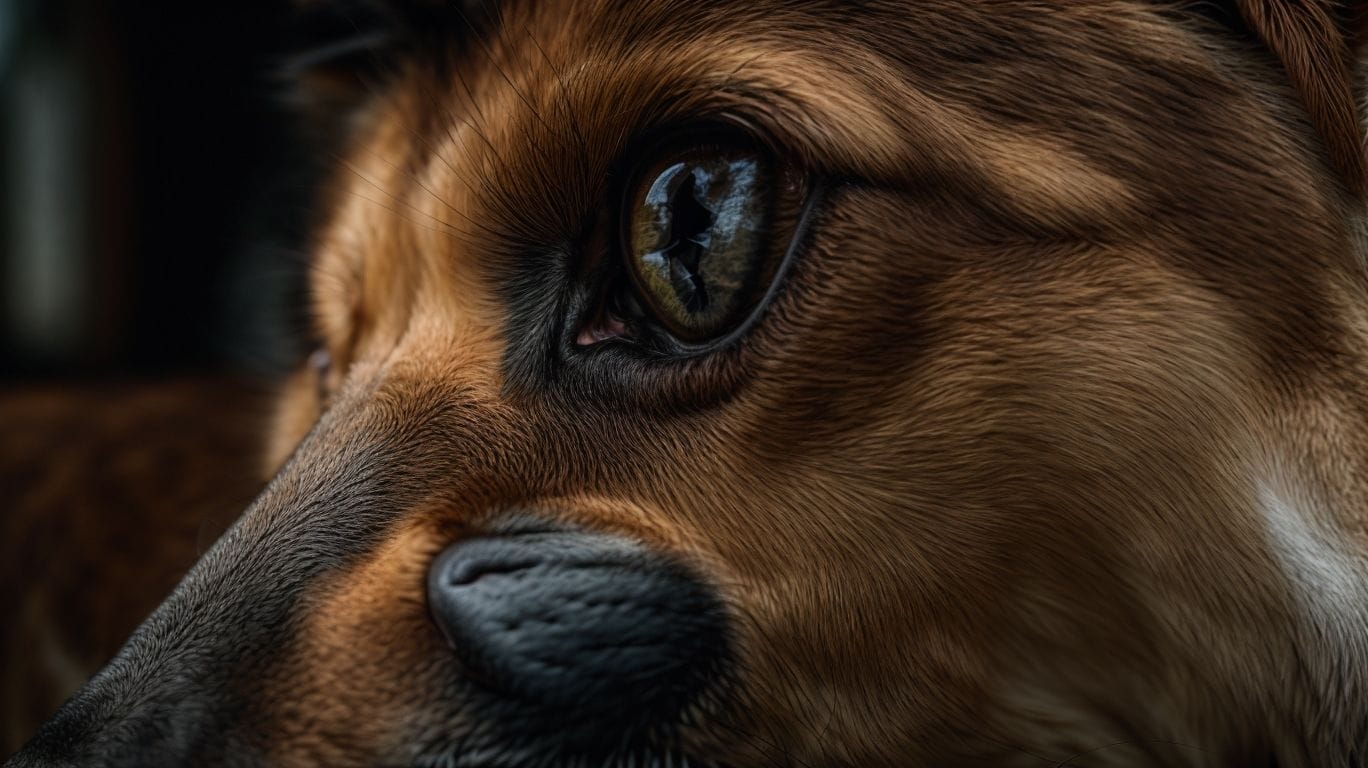
Photo Credits: Petnarnia.Com by Elijah Scott
Yes, dog whiskers do grow back. Just like human hair, dog whiskers have a natural growth cycle, and if they are trimmed or fall out, they will regrow. It may take a few weeks for the dog whiskers to grow back and reach their original length fully. It is important to note that dog whiskers play a vital role in their sensory perception, so it is best to avoid trimming or cutting them unless necessary for medical reasons.
Factors that Affect Whisker Regrowth
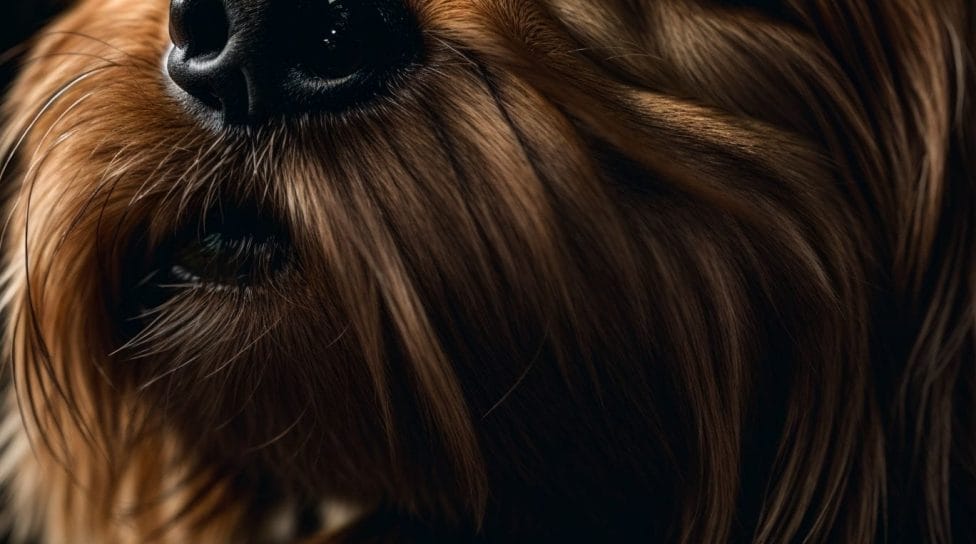
Photo Credits: Petnarnia.Com by Ronald Baker
When it comes to the regrowth of a dog’s whiskers, several factors come into play. From breed and genetics to age and health, and even nutritional factors, each holds importance in determining how quickly and effectively whiskers will grow back. So, if you’re curious about why dogs’ whiskers regrow at varying rates, buckle up as we dive into the fascinating world of whisker regrowth and explore the influence of these factors on our furry friends’ facial adornments.
1. Breed and Genetics
The breed and genetics of a dog are essential factors that contribute to the growth and appearance of their whiskers. Each breed possesses unique types of whiskers, ranging from long and curly to short and straight. The color and thickness of the whiskers are also determined by genetics. One example is Border Collies, which typically showcase full and bushy whiskers, whereas Chinese Crested dogs may exhibit sparse or even missing whiskers. Knowing the breed and genetics of a dog enables owners to better understand and care for their canine companion’s distinct whiskers.
2. Age and Health
As dogs age, Age and Health become important considerations for the health of their whiskers. Here are some important factors that can influence Whisker Health:
| Factors | Effects on Whisker Health |
|---|---|
| Breed and Genetics | Different breeds may have varying whisker growth patterns and susceptibility to damage. |
| Age and Health | Older dogs may experience thinning or brittle whiskers while underlying health conditions can impact their overall condition. |
| Nutritional Factors | A balanced diet rich in essential nutrients can support the health and regrowth of whiskers. |
To ensure optimal whisker health in aging dogs, consider the following suggestions:
- Regularly monitor your dog’s whiskers for any signs of damage or abnormalities.
- Provide a diet that promotes good overall health and includes essential nutrients.
- Consult with a veterinarian if you notice any significant changes in your dog’s whiskers or overall health.
Remember, maintaining your dog’s whiskers in good condition can contribute to their sensory perception and overall well-being.
3. Nutritional Factors
Proper nutrition plays a crucial role in the regrowth of dog whiskers. Several nutritional factors can influence whisker regrowth in dogs, including vitamins, minerals, protein, amino acids, and omega-3 fatty acids.
| Vitamins and Minerals | It is important to ensure that your dog’s diet includes essential vitamins, such as vitamins A and E, and minerals like zinc and biotin. These nutrients are known to promote healthy hair growth, including the regrowth of dog whiskers. |
| Protein and Amino Acids | High-quality sources of protein, such as lean meats or fish, provide the necessary amino acids for the development of hair follicles and the regeneration of whiskers in dogs. |
| Omega-3 Fatty Acids | Including omega-3 fatty acids in your dog’s diet can greatly enhance hair follicle health, leading to improved regrowth of dog whiskers. These healthy fats can be found in fish oil or flaxseed. |
To help facilitate the regrowth of whiskers, it is recommended to consult with a veterinarian who can design a balanced diet tailored to your dog’s specific nutritional needs. Additionally, ensuring your pet has access to clean water and a stress-free environment can also contribute to the regrowth process.
How Long Does it Take for Dog Whiskers to Grow Back?
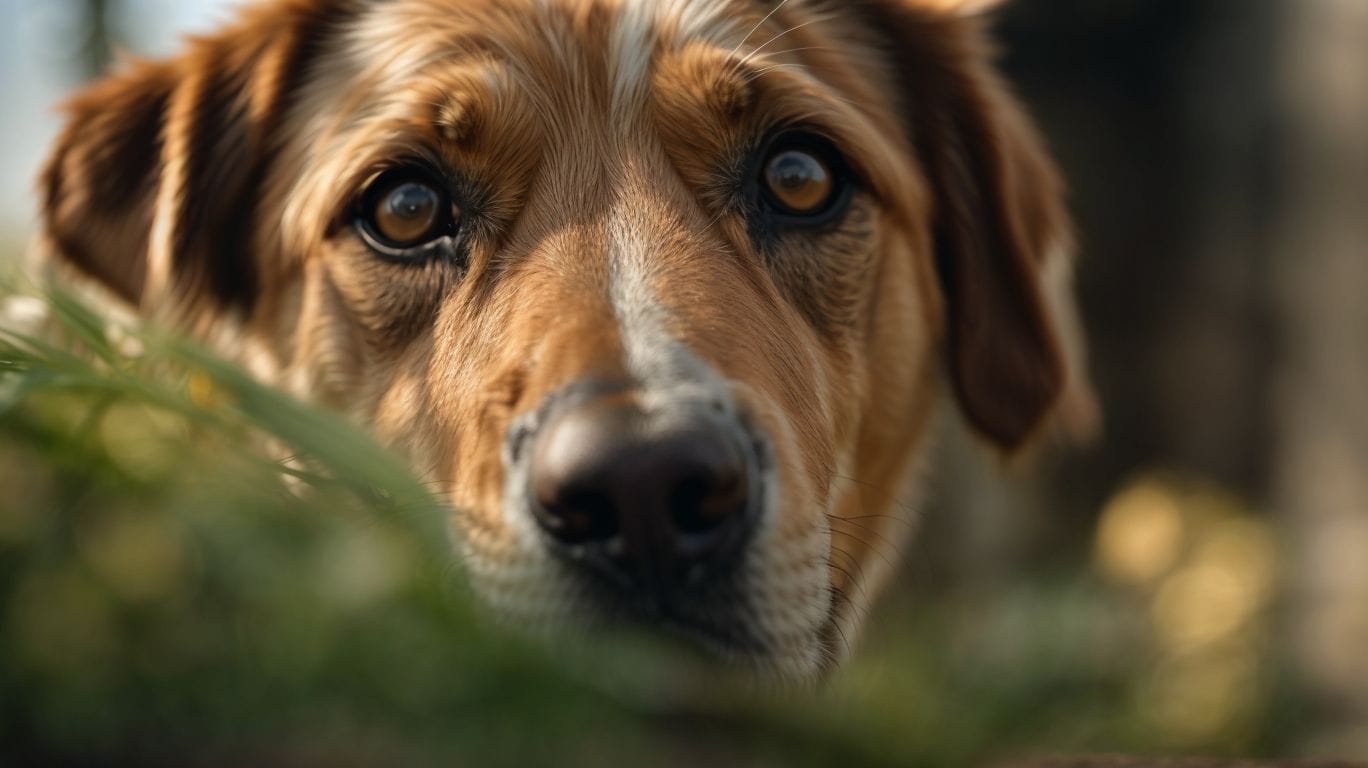
Photo Credits: Petnarnia.Com by Douglas Jones
It typically takes around 1 to 2 months for dog whiskers to grow back. How Long Does it Take for Dog Whiskers to Grow Back? Whiskers are important sensory organs for dogs, helping them navigate and sense objects in their environment. If a dog’s whiskers become damaged or broken, they will naturally shed, and new whiskers will begin to grow. The exact time it takes for whiskers to grow back can vary depending on the individual dog and their rate of hair growth. During this time, it’s important to avoid trimming or plucking the remaining whiskers, as it can disrupt a dog’s ability to perceive their surroundings.
Can You Help Speed Up Whisker Regrowth?
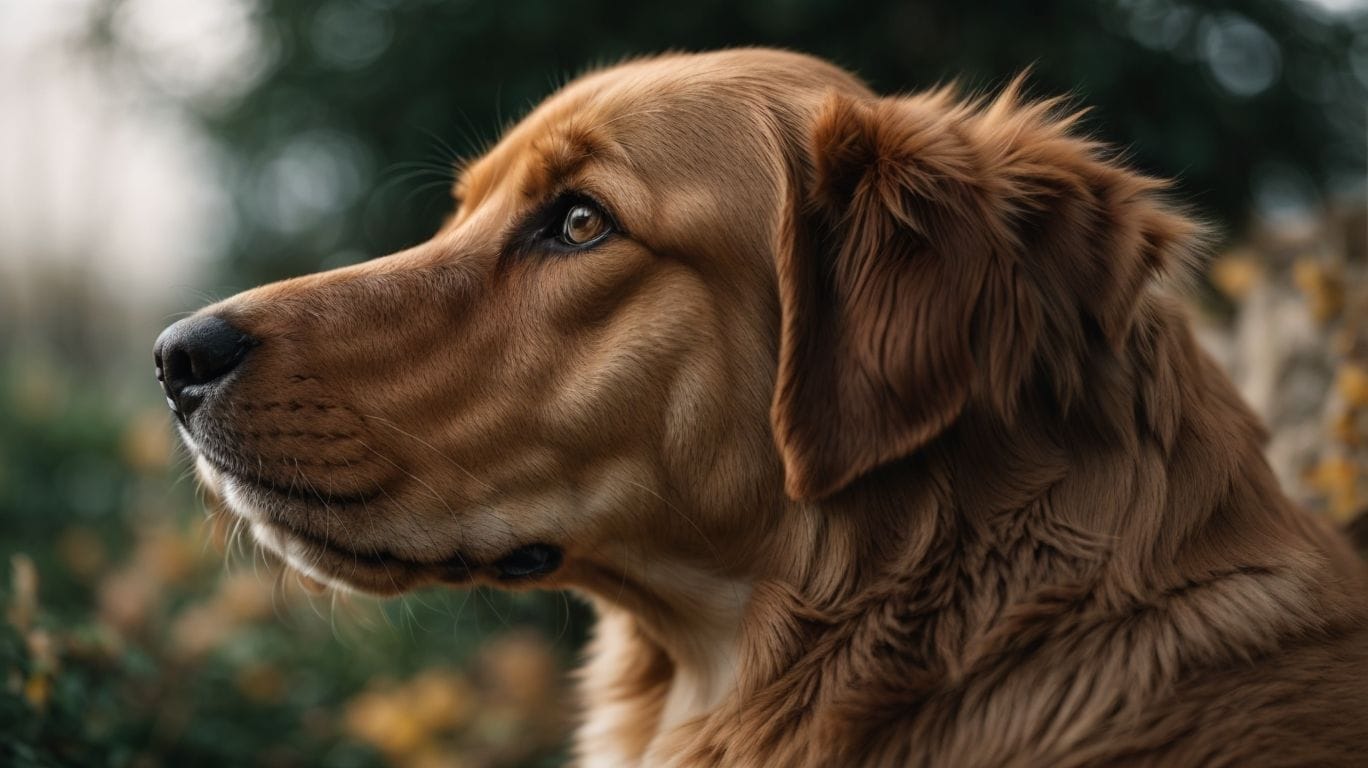
Photo Credits: Petnarnia.Com by Stephen Jackson
Want to help your furry friend regrow their whiskers faster? In this section, we’ll explore effective ways to speed up whisker regrowth in dogs. From providing a balanced diet to minimizing stress and anxiety, we’ll uncover practical tips to support healthy whisker growth. Plus, we’ll discuss the importance of avoiding unnecessary cutting to ensure your pup’s whiskers can flourish. Get ready to learn how you can assist in the remarkable process of whisker regrowth for your beloved canine companion.
1. Providing a Balanced Diet
A balanced diet is crucial for promoting the regrowth of dog whiskers. Providing a balanced diet rich in essential nutrients like protein, vitamins, and minerals can support healthy hair growth, including the growth of whiskers. Make sure to include high-quality dog food that is specifically formulated to meet your dog’s nutritional needs. Additionally, adding supplements like omega-3 fatty acids can also naturally promote hair growth. Remember, it’s always important to consult with your veterinarian to ensure that your dog’s diet is nutritionally balanced and appropriate for their specific needs. Fun Fact: Whiskers are highly sensitive and help dogs navigate and understand their surroundings.
2. Minimizing Stress and Anxiety
Minimizing stress and anxiety is of utmost importance for dogs as it greatly impacts their overall well-being and even promotes healthy whisker regrowth. There are several effective methods to achieve this:
- Create a calming environment: To ensure a peaceful atmosphere, it is essential to reduce loud noises, chaotic movements, and unfamiliar stimuli.
- Establish a consistent routine: Dogs thrive on predictability, so maintaining a regular schedule can significantly alleviate their stress levels.
- Encourage proper socialization: Gradually exposing your dog to various individuals, animals, and environments can effectively prevent fear and anxiety.
- Implement positive reinforcement: The use of treats, toys, or affection as rewards for desired behavior can encourage a positive association and help reduce stress in dogs.
- Consider utilizing calming aids: Natural supplements and products such as pheromone diffusers or anxiety wraps can be beneficial in relaxing anxious dogs.
3. Avoiding Unnecessary Cutting
Avoiding unnecessary cutting of a dog’s whiskers is crucial for their well-being and sensory perception. Here are some factors to consider:
| 1. Promotes Sensory Function: | Whiskers help dogs navigate their surroundings and gather information about their environment. |
| 2. Prevents Discomfort: | Trimming whiskers can cause Discomfort and disorientation for dogs, affecting their ability to detect objects and navigate safely. |
| 3. Maintains Natural Communication: | Whiskers play a vital role in communication among dogs, allowing them to convey emotions and intentions to other animals. |
Pro-tip: Preserve your dog’s natural sensory abilities by refraining from cutting their whiskers unless medically necessary.
Should You Trim Your Dog’s Whiskers?
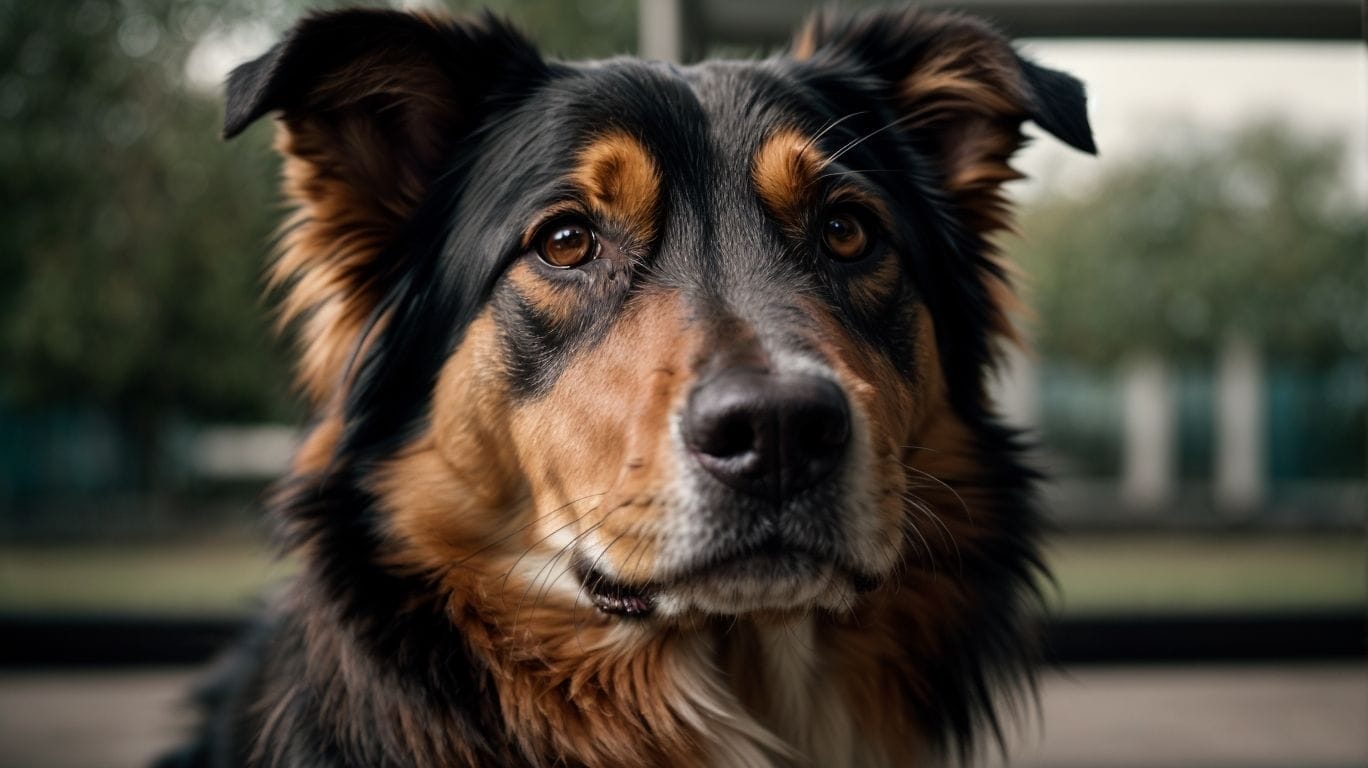
Photo Credits: Petnarnia.Com by Joseph Williams
Trimming a dog’s whiskers may seem like a harmless grooming task, but should you really go ahead with it? In this section, we’ll explore the considerations surrounding the decision to trim your dog’s whiskers. From the perspective of grooming and aesthetics to the question of safety and functionality, we’ll uncover the various factors that come into play. Get ready to delve into this intriguing debate and make an informed choice for your furry companion.
1. Grooming and Aesthetics
To select the best grooming practices for your dog, you need to take into account both aesthetics and the health and well-being of your pet.
- Grooming for appearance: Certain breeds have specific grooming requirements in order to maintain their desired appearance. For instance, poodles are known for their signature haircuts.
- Grooming for hygiene: Regular grooming is crucial to prevent matting, tangling, and dirt buildup in your dog’s coat, which ultimately promotes overall cleanliness.
- Skin and coat health: Employing proper grooming techniques such as brushing and bathing can contribute to your dog’s skin and coat health, minimizing the risk of skin irritations and infections.
- Bonding and socialization: Grooming sessions offer an excellent opportunity for bonding with your dog and helping them become accustomed to being touched and handled.
- Professional grooming: Enlisting the services of a professional groomer ensures that your dog receives appropriate grooming techniques and maintains a clean and healthy appearance.
Always remember to consider your dog’s individual needs and consult with a veterinarian or professional groomer for personalized grooming recommendations.
2. Safety and Functionality
When it comes to dog whiskers, safety and functionality are crucial. Consider the following factors to ensure the well-being of your furry friend:
- Grooming and Aesthetics: Trimming whiskers for aesthetic purposes may compromise their sensory functions and cause Discomfort.
- Safety and Functionality: Whiskers play a vital role in helping dogs navigate their environment, providing information about nearby objects, and detecting changes in air currents.
By maintaining your dog’s whiskers intact, you support their sensory abilities and overall well-being.
Fun Fact: Dog whiskers are highly sensitive and contain blood vessels and nerve endings, making them essential for their sensory perception.
Some Facts About “Will Dogs Whiskers Grow Back?”:
- ✅ Dogs’ whiskers do grow back if accidentally trimmed or pulled out.
- ✅ It is best not to cut dogs’ whiskers in the first place to avoid potential issues.
- ✅ Dogs have four different types of whiskers: mystacial, genal, supraorbital, and interramal tufts.
- ✅ Cutting whiskers can have negative consequences, such as a messy dinner area or increased vulnerability in combat.
- ✅ Whiskers serve various purposes, including providing tactile information, protecting the dog’s eyes, and helping with navigation.
